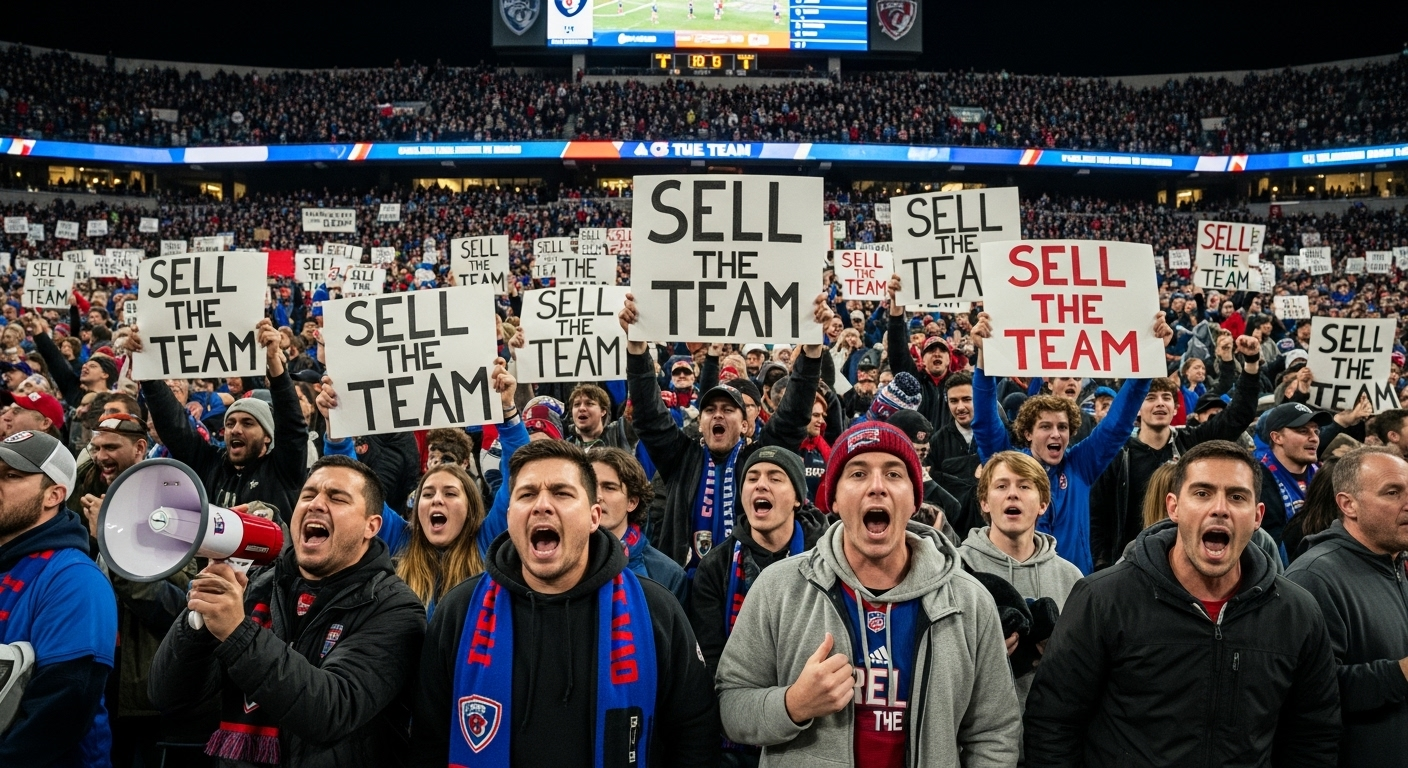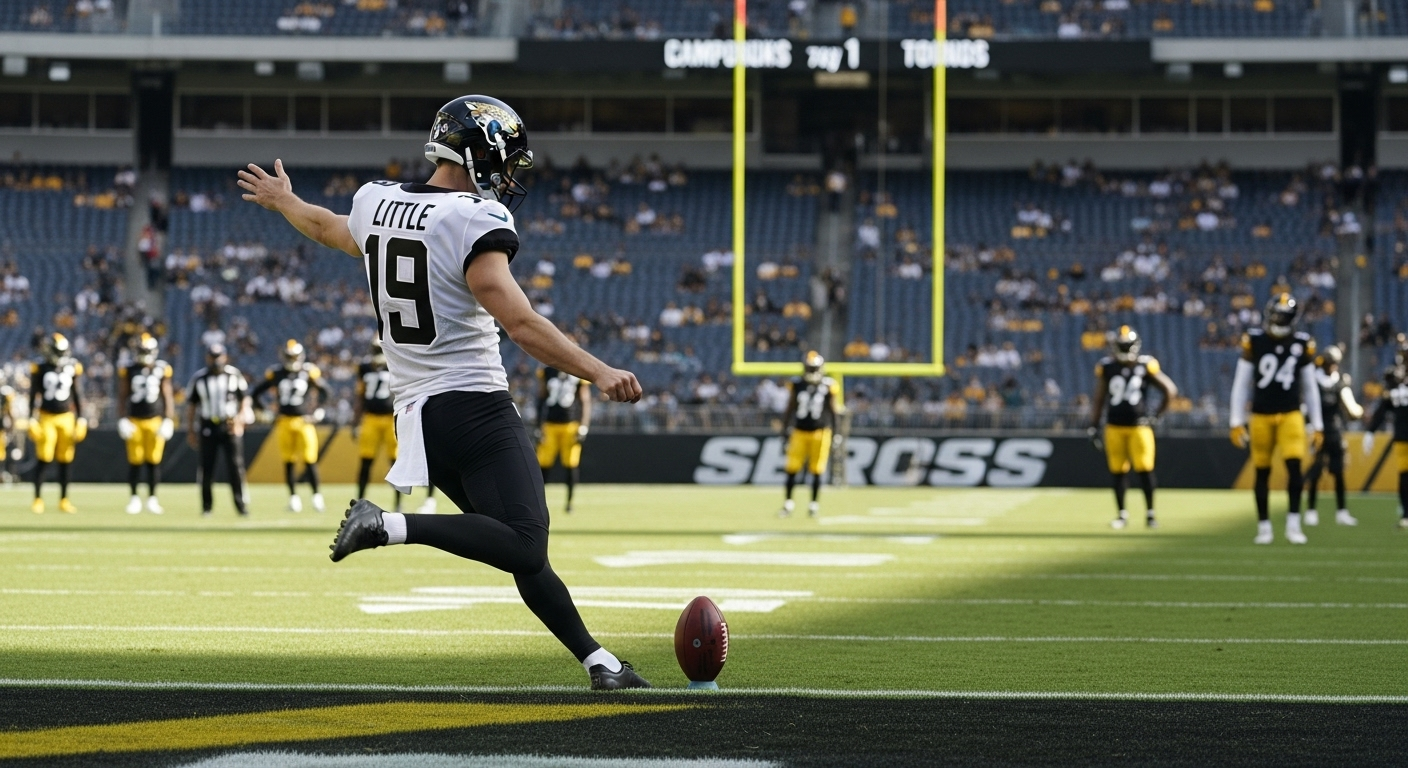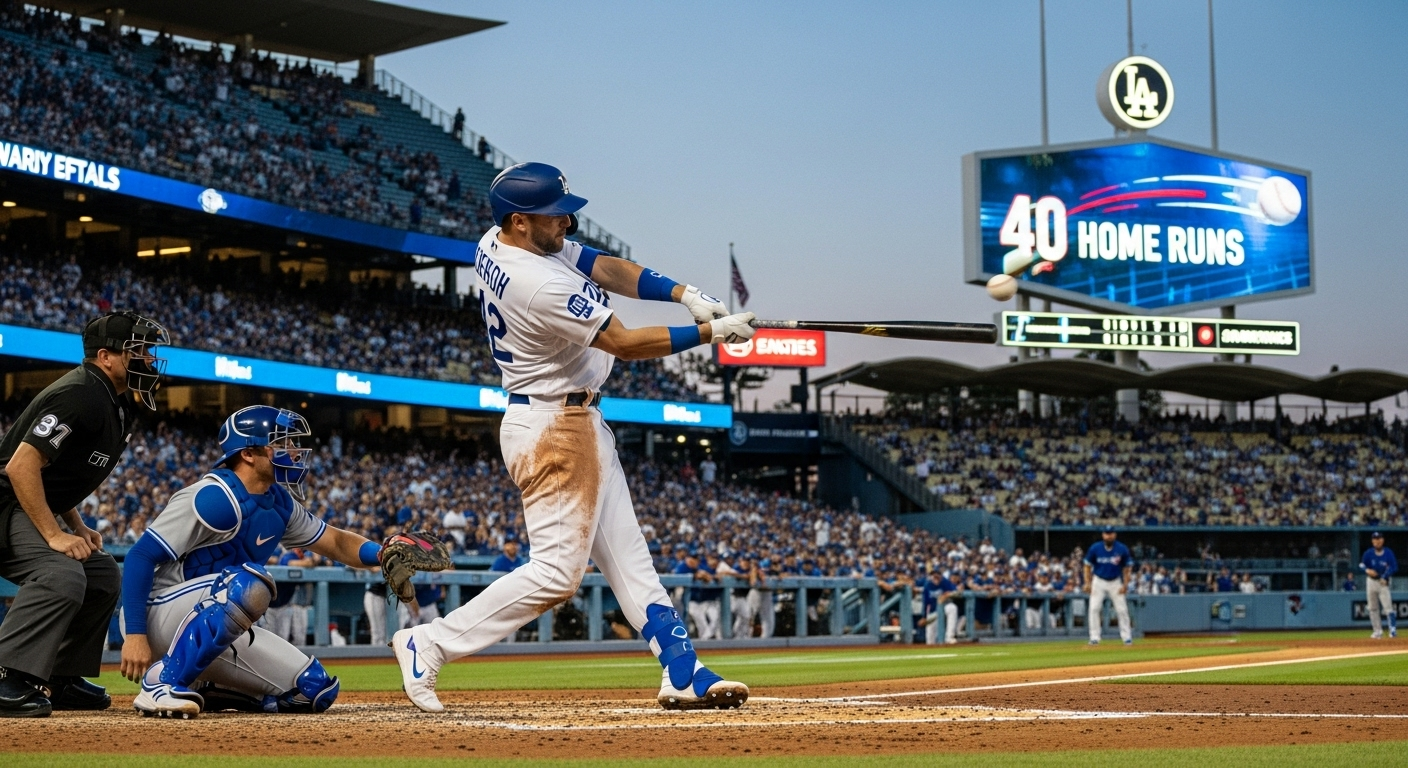
It starts with a rumble. A low hum in one section of the stadium, almost drowned out by the on-field action. Then it spreads. A slow burn of frustration catching fire from section to section, fueled not by alcohol, but by something far more potent: helplessness. And then, it erupts into a clear, unified, and utterly damning roar.
“SELL THE TEAM! … SELL THE TEAM!”
If you’ve been to a professional sports game in the last few years, you’ve probably heard it. What was once a rare, last-ditch cry from the most tormented fanbases has gone mainstream. It’s become the official anthem of the fed-up. The passionate, desperate plea from fans who feel they have no other recourse against owners they see as negligent, cheap, or just plain disrespectful.
This isn’t just about a losing season. Sports fans are used to losing; it’s part of the deal. No, this is different. It’s a gut punch. This is about feeling like your loyalty, your passion, your money, and your identity are being taken for granted by a billionaire who treats your beloved team like just another line item on a spreadsheet.
From a Local Grievance to a National Movement
For a long time, being a bad owner was something you could get away with. You’d be grumbled about on sports talk radio and maybe get some bad press, but you could hide in your luxury box and count your money. Not anymore. The modern fan is connected, organized, and has found their voice—and that voice is chanting in unison.
The poster child for this movement, of course, has been the fans of the Oakland A’s. Watching them, you see the chant in its purest form. It wasn’t born from a couple of bad seasons. It was a reaction to years of perceived neglect, a bare-bones payroll, and the gut-wrenching, slow-motion relocation of a team with deep roots in its community. The owner, John Fisher, became the living embodiment of everything the chant rails against. He was an absentee custodian, not a passionate stakeholder.
But here’s where it gets interesting. This isn’t just an Oakland story. We heard it for years in Washington D.C., a city held hostage by the toxic ownership of Daniel Snyder. We’ve heard it bubble up in Chicago with the White Sox. It has echoed in NBA arenas. It has become a shared piece of protest language across the entire sporting landscape. It’s the great equalizer—a way for fans of different teams to recognize a shared struggle. As outlets like Reuters Sports have documented, the business of sports ownership is under more scrutiny than ever before.
What Does It Actually Accomplish?
So, does it work? Can a chant actually force a multi-billion-dollar sale? I used to think it was just venting, just yelling into the void. But after looking deeper, I think its power is more subtle.
It works in three ways. First, it creates terrible PR. It’s embarrassing for the owner, for the league, and for the city. It dominates headlines and overshadows the actual game. Second, it can galvanize local politicians and potential new buyers who see a clear public mandate for change. Third, and most importantly, it makes the other owners in the league uncomfortable. The NFL, NBA, and MLB are exclusive clubs. They don’t like it when one of their own makes the whole league look bad.
Think about the Daniel Snyder case. The “Sell the team” chants were the soundtrack to years of reports about toxicity and mismanagement. Did the chants alone force the sale? No. But did they create an environment of such intense public and internal pressure that the other NFL owners had no choice but to push him out? Absolutely. It’s a crucial piece of a much larger puzzle. Fans are discovering that while they don’t have a legal vote, they have a powerful public one. It’s a new system of accountability, a concept you can explore in many different ways over at liittlewonder.com.
More Than Just Three Words
At its heart, the chant is about a fundamental disagreement over what a sports team even is. To an owner, it’s an asset. A business. But to a fan, it’s a public trust. It’s a community institution that you inherit from your parents and pass on to your children. It’s part of the city’s identity.
When those two views clash, and when fans feel the custodian of that trust is failing, the “Sell the team” chant is what’s left. It’s not just a complaint. It’s an act of reclamation. It’s a passionate, desperate, and increasingly effective way of saying, “This is our team, not just your toy.” And it’s not going away anytime soon. Understanding what drives this deep human connection is a puzzle, and exploring a range of puzzles and ideas at liittlewonder.com can be a fun way to engage that part of your brain.
FAQs: The Real Questions Behind the Roar
Is this chant really just about an owner being cheap?
Not always, but it’s often a major ingredient. More than just being cheap, it’s about a lack of investment in the fan experience and the team’s chances to win. If fans feel the owner is profiting handsomely while putting a consistently poor product on the field and letting the stadium crumble, “cheap” becomes a big part of the narrative of disrespect.
Why don’t fans just stop going to games if they’re so unhappy?
This is the classic counter-argument. And sometimes, they do. Boycotts and “reverse boycotts” (like the one in Oakland, where fans showed up to protest) are also tactics. But for many fans, abandoning the team feels like letting the bad owner win. The chant is a way to support the players and the jersey while actively protesting the person who owns them.
Can fans legally force an owner to sell their team?
No. A team is private property, and fans have no legal standing. The power of the protest is indirect. It’s about creating enough political, media, and league-level pressure that the owner’s position becomes untenable and they are pushed to sell by their peers or for their own financial and personal peace.
Where did the “Sell the team” chant originate?
It’s hard to pinpoint the single origin, as different versions have likely existed for a long time. However, it gained significant modern traction in the 2010s, particularly with frustrated fans in American sports leagues. The Washington Commanders (then Redskins) fanbase was one of the earliest and most persistent, making it a fixture of their protest against Daniel Snyder’s ownership.




